As the U.S. economy recovers from COVID shutdowns, well-publicized supply chain glitches are beginning to show in the inflation numbers. The Producer Price Index (PPI) for final demand jumped 1.3% month-over-month in January, more than doubling the consensus estimate, and the largest monthly increase since the index was created in 2009. While this number reflected a large increase in services, prices for goods increased 1.4% month-over-month as well. On a year-over-year basis, the PPI for final demand was up 1.7% versus 0.8% in December.
Producers clearly incurred higher prices in January, while basic and intermediate goods – from foodstuffs to lumber to metals and machinery – have seen steady increases since last summer. Lumber is a particularly stark example of these trends. According to the industry pricing service “Random Lengths”, their Framing Lumber Composite index increased to a record $966 per thousand board feet in mid-February, eclipsing the previous all-time record set in September. Lumber futures for March settlement spiked 49% in the three weeks ending February 12th, and more than doubled over the past year.
Residential Building Boom
The pandemic building boom – particularly in the residential segment – has obviously roared on into 2021. Americans tired of being stuck at home – yet now willing and able to work from there – continue to move to the suburbs in search of bigger houses with more space. Those unable to move have undertaken home-improvement projects en masse, while record-low mortgage rates have turbocharged the whole process.
That said, this strength has been somewhat offset by weakness in non-housing sectors. Concerns about the durability of trends emerging from the COVID lockdowns get the blame. Work-from-home (WFH), uncertainty over the resumption of generalized travel, and fears around mass gatherings continue to weigh on the demand for office, hotel, and entertainment projects in general. There are a few glimmers of hope, however. Architects report that many hotel projects seem to be on hold rather than canceled. Better capitalized hoteliers have also used the COVID period to carry out major renovations that otherwise would have been disruptive to guests.
These (generally strong) trends have taken the wood products industry by surprise. Entering 2020, the industry had been curtailing capacity in response to weak pricing. Lockdown orders early in the pandemic took even more capacity offline. Labor shortages were also an issue. Even once the recovery arrived, the industry remained cautious about adding capacity. As a result, in the fall of last year, the channel became severely depleted of inventories. Some capacity has since been added in raw lumber (Weyerhaeuser is expanding a Louisiana mill by 63% – it should be online in early 2023), but new capacity announcements for oriented strand board (OSB) have been relatively restrained. The OSB business ran at 96% of capacity in 2020, so there’s room for expansion, particularly if recent prices can be sustained. West Fraser Timber Company, a large Canadian producer, announced on February 11th that it would be restarting an OSB mill in Quebec in 2021, adding about 2.5 percentage points of operating capacity to the industry. We expect other players including Louisiana Pacific and Georgia Pacific to follow suit.
Supplies Catching Up With Demand
The building supply industry will undoubtedly respond to record prices with new capacity – that’s the way the industry works. Trees don’t grow to the sky, and it likely won’t be long before suppliers of lumber, stone, copper, concrete, PVC, and glass catch up with demand. The larger question we cannot yet answer involves the longer-term trend for broader price inflation in the U.S. economy.
Since 2008, central banks everywhere have been printing new money at a record pace. The coordinated worldwide response to the pandemic accelerated this process. Nearly 1 in 4 U.S. dollars ever created came into being in calendar 2020. That’s not to say these dollars will be immediately spent – and therefore inflationary. (Money velocity – the rate at which each dollar turns over annually – is setting its own records on the downside.) But if they are, the incipient inflation indicated by the surprising December PPI and the spike in lumber and other commodities could be a harbinger of a world that looks more like the 1970s than the 2010s. In that case, the recent record highs in lumber could mark the beginning of a larger inflationary and commodity “supercycle” – one which reverses the disinflationary malaise of the years since the financial crisis.
Presumably, long-term interest rates would reverse their 40-year downtrend in such an environment. Returns to both labor and “real” assets such as commodities and real estate would improve relative to those of financial assets like stocks and bonds. The fundamentals for business success would flip from deflationary night to inflationary day. At that point, the U.S. Federal Reserve Board would face the inherently conflicting tasks of suppressing interest rates to support the economy while battling higher prices. MIA for a generation, inflation could surprise us all.
This article was originally featured in The Source.

Charlie Smith
Chief Investment Officer, Fort Pitt Capital Group
Charlie both manages portfolios of individual securities and provides a macroeconomic overview for the firm. A longtime student of the financial markets, he explores economic and industry trends in order to find successful investments and build wealth for clients. Charlie’s views on the economy and the markets are respected and regularly sought out by CNBC, The Wall Street Journal, and other financial media. He has written and lectured on markets and the economy over the course of his career, which began in 1983 and has included leadership roles with several regional investment firms. He became a founding partner of Fort Pitt Capital Group in 2995.




